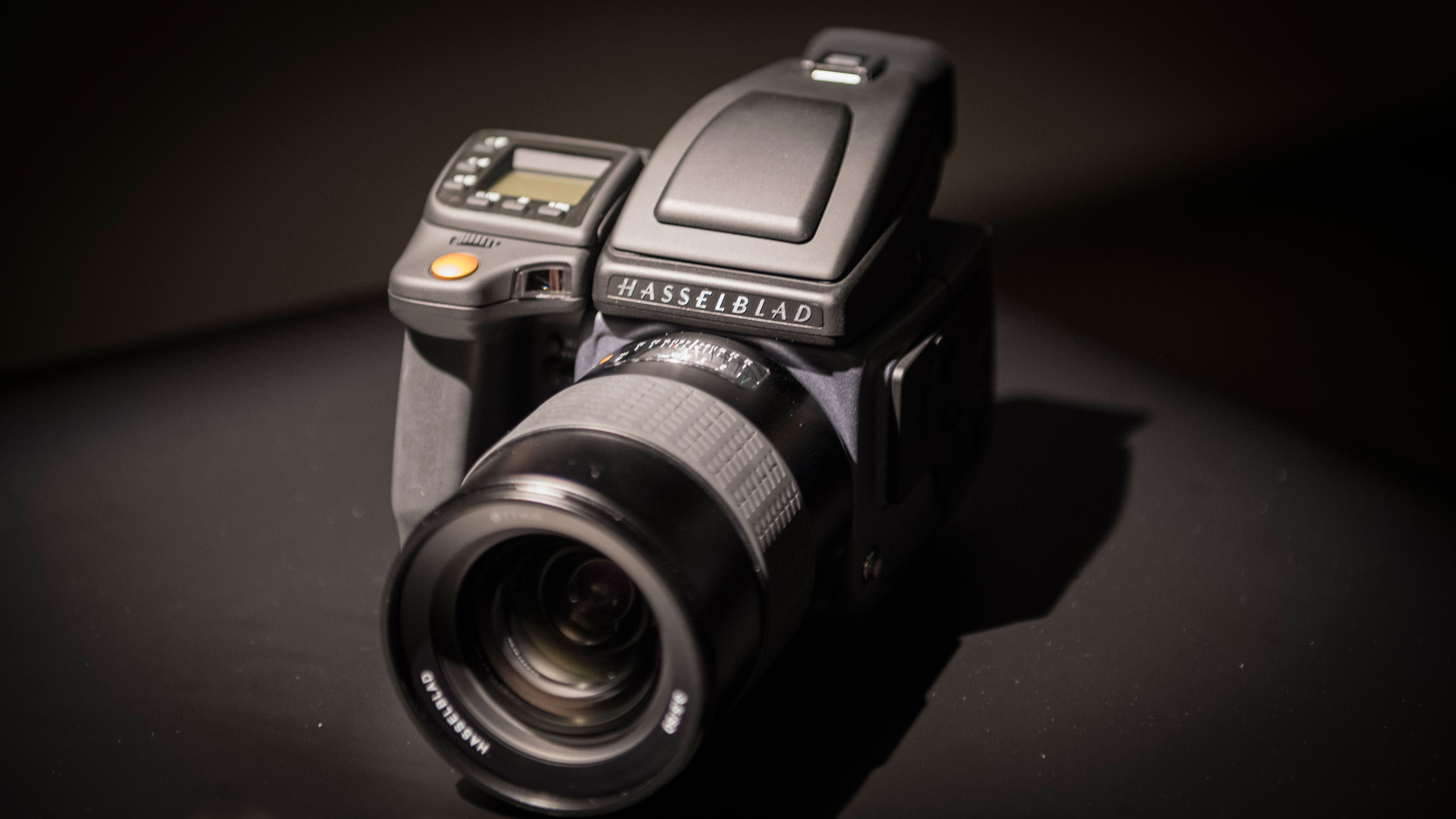Early Verdict
The H6D is a medium format camera for the 21st century; making settings quick and easy to adjust via a touchscreen, offering a reasonable speed AF system and even enabling 4K video recording.
Pros
- +
Choice of high resolution sensors
- +
Modular design
- +
Fast control adjustment via touchscreen
Cons
- -
Very high price
- -
Heavy compared to a full-frame camera
Why you can trust TechRadar
Hasselblad had a quiet 2015, but according to the company's CEO, Perry Oosting, that was largely because of all the work going into the development of the H6D and the preparations for this year's 75th anniversary celebrations.
There are two forms of the new camera, a 50Mp version called the H6D-50C and a 100Mp version called the H6D-100C. Surprisingly, however, the sensors aren't the same size. The 50Mp sensor measures 43.8 x 32.9mm while the 100Mp device is 53.4 x 40.0mm – not too far short of the nominal 60 x 45mm of the 645 medium format.
Both cameras accept Hasselblad H system lenses and while the 100Mp sensor produces images that have 'close to' 1x focal length magnification of the 645 format focal length, the 50Mp incurs a magnification factor of around 1.5x. This means there is a difference in the framing when the same lens is mounted on each camera – it's similar to swapping a 35mm full-frame lens from a full-frame camera to an APS-C model.

Both cameras use Sony CMOS sensors and Oosting is keen to point out that although the 100Mp model has the same chip as is inside Phase One's 100Mp XF, Hasselblad's is 'Sony qualified', where's Phase One's isn't.
Hasselblad has also refreshed its entire lens line-up giving them a new shutter mechanism (they still have a leaf shutter) for faster shutter speeds. The two cameras' shutter speeds may be set in the range 1/2000 - 60seconds depending upon the lens. As usual with Hasselblad lenses, flash will sync with any shutter speed – that's a benefit of the leaf shutter.
Apart from their sensor the two cameras are the same in most respects, but their sensitivity range differs. The 50C is billed as having a range of ISO 100-6,400 whereas the 100C's is ISO 64-12,800.
Both models are capable of shooting Full HD video, but the 100C can also record 4K (3840x2160) movies. The maximum continuous shooting rate has yet to be specified, but demands of video recording, especially 4K have been met by the presence of a CFast card slot. There's a secondary SD card slot which is sufficient for storing stills. Images may be stored on a tethered computer and there's an HDMI port to connect an external monitor or storage.
Sign up for breaking news, reviews, opinion, top tech deals, and more.
The H6D doesn't have an internal mic, but there's a port to connect an external one as well as a headphone terminal.
Build and handling
Hasselblad has retained the familiar modular design of the H-series for the H6D, but it's added a high quality touchscreen to make operating the camera and adjusting settings easier. All the gestures that you would expect to be able to use work, swipes, taps, double-taps and pinch zooms. A swipe down reveals a helpful control screen that allows you to change key settings such as exposure mode, sensitivity, shutter speed, aperture and white balance.

Unusually, it's not possible to focus automatically in Live View mode, but this is believed to be coming with a firmware update. The optical viewfinder is unchanged from the H5D and is clear as a bell while the main screen is superbly sharp, showing lots of detail. A double-tap of the screen zooms in to 100% to assist with focusing and its easy to get the subject sharp.
Like the H5D, the H6D has an ergonomically shaped grip that makes it comfortable to hold, although it is still heavy.
